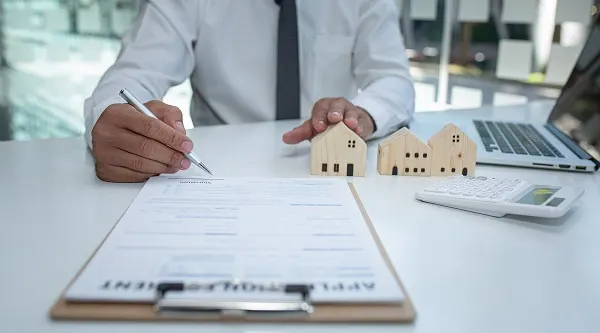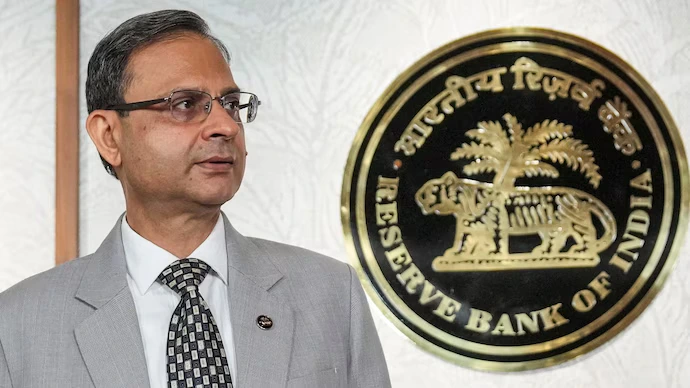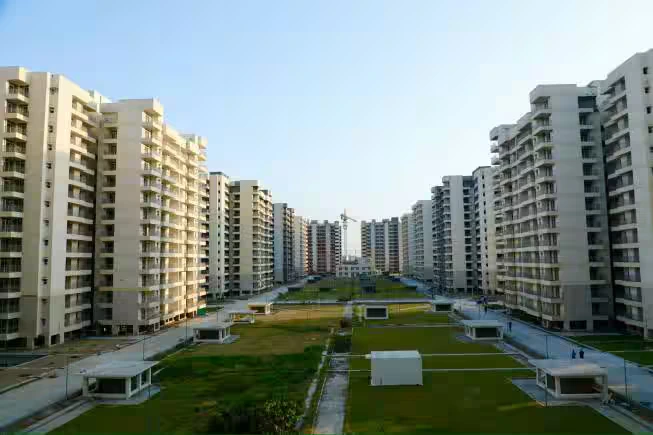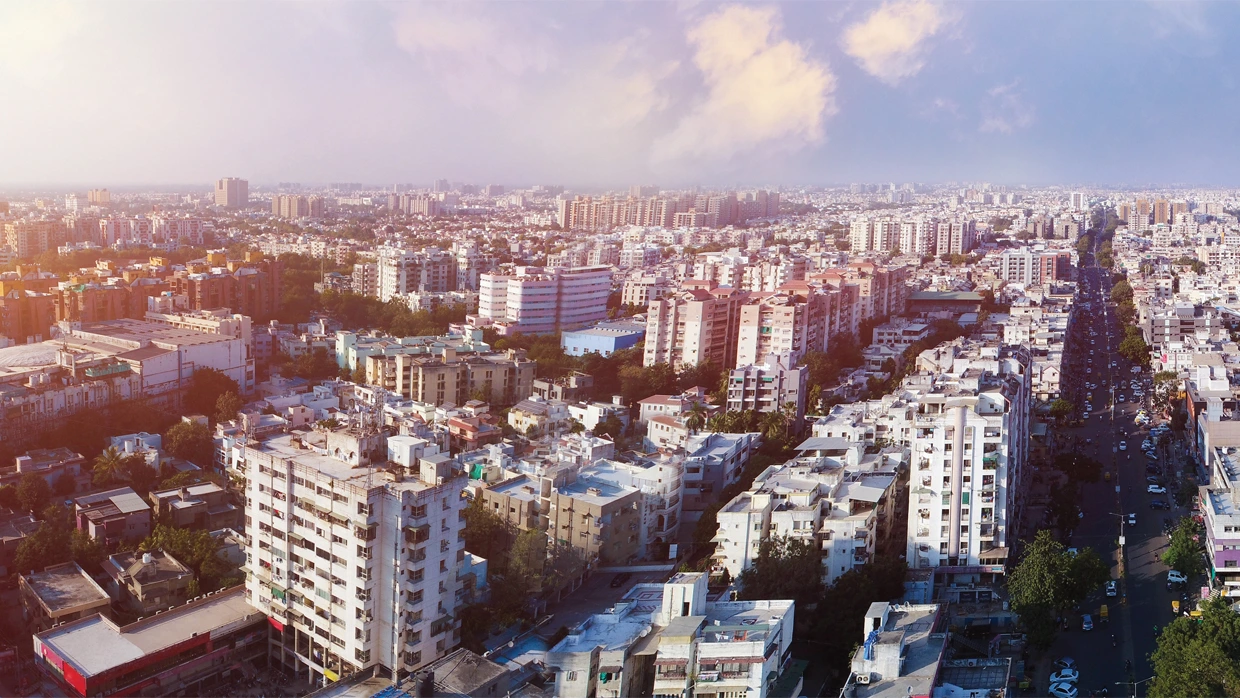Table of Content
The accessibility of housing loans in India has simplified property ownership, but unlike Western nations where banks often provide a substantial portion of the capital for home purchases, Indian banks adhere to stricter norms regarding home loan amounts. This is where the concept of a down payment becomes significant.
What is a down payment?
The definition of a down payment, according to the Oxford English Dictionary, is 'a sum of money that is given as the first part of a larger payment.' It serves as the initial payment for significant assets like a house or a vehicle, effectively reducing the amount of money borrowed.
To put it differently, given that purchasing high-value assets in a single payment may be impractical for many consumers, sellers often provide the option to pay in multiple installments. As a demonstration of sincere intent, the buyer then makes a specific upfront payment, referred to as the down payment.
Loan-to-value-ratio norm in India
Loan-to-value (LTV) is the lending risk assessment tool used by banks to examine the borrower’s eligibility before approving the mortgage. It is the ratio of the mortgage amount to the appraised property value.
In 2010, the Reserve Bank of India (RBI) stipulated that banks should have an upper limit of a loan-to-value ratio of 80% for housing loans greater than Rs 20 lakh, and an upper limit of 90% for housing loans lower than Rs 20 lakh. In 2015, the RBI allowed a loan-to-value ratio of 90% for housing loans up to Rs 30 lakh. Thus, the RBI-approved LTV for the affordable category is 90%. For other categories, it is 80%.
How is LTV calculated?
The Loan-to-Value (LTV) ratio is determined by dividing the loan amount by the property value. For instance, if the property is valued at Rs 50 lakh and the bank approves a loan of Rs 40 lakh, the resulting LTV is 80%. This calculation is obtained by dividing the sanctioned loan amount of Rs 40 lakh by the appraised property value of Rs 50 lakh. If the bank's policy dictates a maximum LTV of 80%, it means the bank cannot provide funding exceeding Rs 40 lakh.
The need for a down payment on a home loan
Under the existing risk weightage norms, banks are allowed to offer a certain portion of the property value as a home loan. While the RBI has allowed banks to offer 90% of the property value for the affordable category (properties worth up to Rs 30 lakh), the limit is set as 80% for other categories.
This means that if you are buying a property worth Rs 30 lakh, the bank will issue you a home loan worth Rs 27 lakh, which amounts to 90% of Rs 30 lakh.
However, you will not be able to get a home loan worth Rs 45 lakh to buy a property worth Rs 50 lakh.
In this case, the prescribed loan-to-value ratio is 80%. Hence, the bank will offer you Rs 40 lakh as a home loan.
You will have to arrange the remaining Rs 10 lakh to pay to the builder/seller. This amount is known as a down payment.
How should I arrange a down payment?
Considering the necessity to secure the down payment, tapping into your savings becomes imperative. Utilizing funds from fixed deposits, recurring deposits, or your provident fund is an option. Seeking assistance from family members can also be explored.
To ensure the timely arrangement of the down payment, it is essential for a buyer to engage in careful planning and saving.
In certain instances, buyers may feel the urge to expedite the deal and resort to taking a personal loan. Nonetheless, it is advisable to steer clear of this option, as opting for a personal loan to cover the down payment could elevate the overall cost of acquisition.
What is the ideal amount to pay as a down payment for a home purchase?
As per the current regulations, a specific proportion of the property value must be paid as a down payment.
"The RBI suggests, 'Some lenders require 20/30% of the home’s purchase price as a down payment. However, many lenders offer loans that require less than 20/30% down payment, sometimes as little as 5%. Inquire about the lender’s down payment requirements and negotiate to reduce the down payment,'" states the RBI.
Determining whether to opt for the minimum required down payment depends on your financial situation.
While a substantial down payment instills confidence in the bank, increasing the likelihood of loan approval, it also translates to interest savings due to the smaller loan amount.
Despite these benefits, financial experts caution against utilizing all your savings for the down payment, as it leaves you without liquidity for future needs.
Also Read: The Optimal Home Loan Duration: Choosing Between 10, 20, or 30 Years.



_1758715186.webp)






Ans 1. A borrower can get a maximum of 90% of the property value as a home loan in India.
Ans 2. The buyer is expected to arrange at least 10% of the property cost as a down payment under the existing norms.
Ans 3. In case your savings allow, pay more than the minimum down payment. Doing so makes monetary sense since you will save more in the long term.
Ans 4. If you are buying a property worth Rs 30 lakh, your bank will issue you a home loan worth Rs 27 lakh, which amounts to 90% of Rs 30 lakh. The loan-to-value ratio for properties worth more than Rs 30 lakh is 80%. Therefore, the bank will offer a maximum of Rs 40 lakh as a home loan, if you buy a property worth Rs 50 lakh.
Ans 5. No, a down payment is an upfront payment made to purchase a property. EMI is the monthly instalment you pay to the bank to repay the home loan.
Ans 6. No, you have to pay a certain value of the property as a down payment. A 100% home loan is not allowed in India.
Ans 7. According to the SBI portal, they pay around 75-85% of the property cost. The remaining 15-25% of the amount is paid as a down payment.
Ans 8. The loan-to-value (LTV) ratio is one of the tools that banks use to lower their risk exposure. In terms of percentage, the LTV ratio is arrived at by dividing the loan amount by the property value.
Ans 9. The LTV ratio can be calculated by dividing the loan by the property purchase price and using the below-mentioned formula: LTV ratio = Borrowed amount/Property value x 100 For example, Ankit Kumar is buying a house worth Rs 50 lakh. A bank that is willing to offer a home loan of Rs 40 lakh has an LTV ratio of 80%, while a bank that agrees to lend Rs 45 lakh has an LTV ratio of 90%.